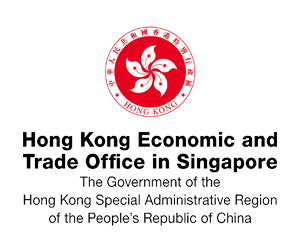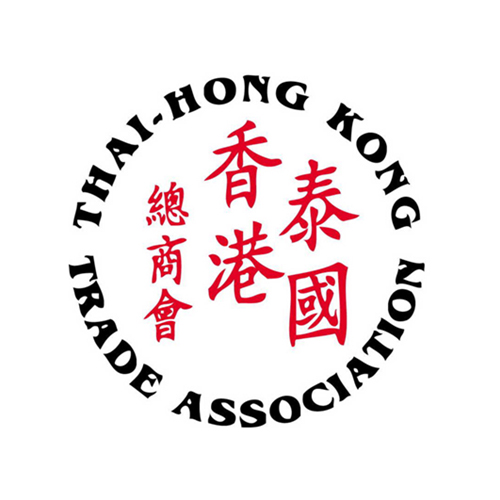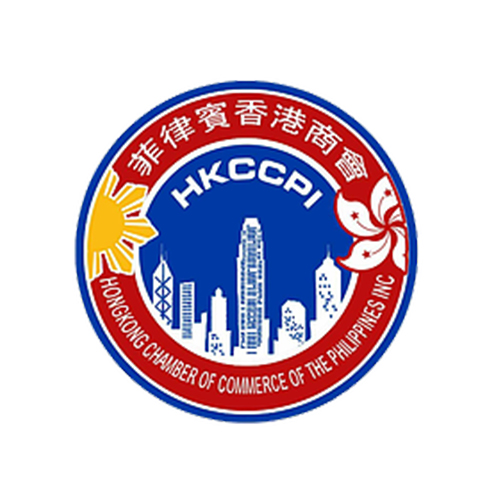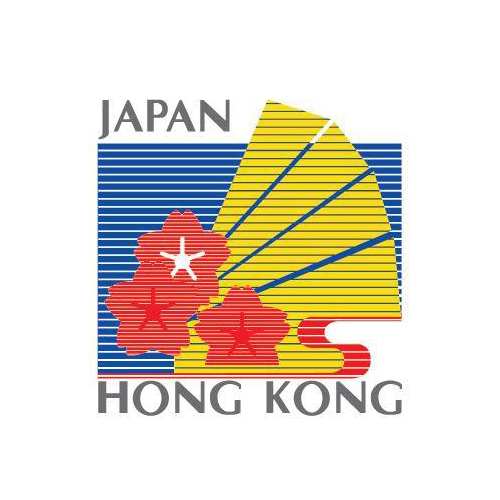Want to be in the loop?
subscribe to
our notification
Business News
VITAS WANTS APPAREL SECTOR ZONING PLAN REVISED
According to the master zoning plan for textile and garment industry development until 2020 with a vision toward 2030, the sector would post export revenue of US$20 billion. However, the industry’s shipments amounted to US$27.5 billion last year and are expected to soar to US$31 billion this year.
The sector has attained annual export revenue growth of 15% in the 2010-2015 period.
Deputy Minister of Industry and Trade Ho Thi Kim Thoa was quoted by the Vietnam News Agency as saying that apparel importers are shifting orders to markets with abundant low-cost labor. Vietnam’s textile and garment sector is projected to grow strongly in the next decade owing to more bilateral and multilateral trade agreements the country has signed, especially the Trans-Pacific Partnership (TPP).
Therefore, it is necessary to adjust the master zoning plan for textile and garment industry development until 2020 with a vision toward 2030, Thoa said.
VITAS chairman Vu Duc Giang said there is a big gap between the master zoning plan and reality, so the association has called for the Government and relevant ministries and agencies to review and revise it.
Giang said the textile and garment industry is in a good position to grow stronger and that the Government needs to have a long-term strategy to develop the industry and enable it to bank on opportunities from the country’s deeper international integration.
Vitas proposed the ministries of industry-trade and planning-investment work out viable plans to develop central industrial parks (IPs) for textile and garment firms to better manage wastewater treatment and ensure sustainable growth for the industry.
The industry needs large-scale IPs for domestic and foreign-invested producers of fiber and cloth and dyeing enterprises.
Some such IPs have gone up in Hung Yen, Thai Binh, Nam Dinh, Dong Nai and Binh Duong provinces but they are smaller than required, such as Pho Noi B covering only 121.8 hectares in the northern province of Hung Yen and Nguyen Duc Canh having an area of 102 hectares in the northern province of Thai Binh.
Vitas requested the Government to consider establishing industrial parks measuring 500-1,000 hectares for textile and garment enterprises and providing loan interest support for enterprises to invest in integrated wastewater treatment facilities.
The association wanted improved waterway and road connectivity between large-scale IPs for apparel firms and ports and logistics centers to help enterprises in the sector lower costs.
Giang pointed out large-scale IPs, better traffic infrastructure, effective management of wastewater treatment and environmental issues, and stable policies for taxes, fees and wages, and streamlined customs procedures as important factors for sustainable development of the industry.
Than Duc Viet, deputy general director of Garment Corporation No. 10, said the Government should finance construction of textile and garment IPs and wastewater treatment facilities to help enterprises reduce costs as most of the firms in the industry are small and medium and have limited finances.
IPs with good wastewater treatment facilities will help attract fiber, textile and dyeing firms, especially foreign-invested ones, producing more materials for the industry.
Source: The Saigon Times
Related News

GOLDEN DEAL, KNOCK-DOWN OFFER
Are you ready for a fun-filled family vacation. Don't miss the super attractive Family Staycation package at Becamex Hotel. 2 days 1 night package with full amenities and free activities: Buffet breakfast, Swimming, tennis, bicycle, gym, sauna, cool ice cream, 300.000 VND service voucher and many other offers! Contact now for detailed advice.

"BEARY CHRISTMAS" CHARITY PROGRAM
As the Festive Season approaches, Caravelle Saigon, in collaboration with VinaCapital Foundation (VCF), is bringing a heartwarming charitable initiative to life — and we are delighted to invite all HKBAV members to take part in the very first “Beary Christmas” Charity Program. By adopting a Caravelle Bear for VND 299,000 nett, you will be directly supporting children battling cancer in Vietnam through VCF’s Can-Care/Can-Clover Program.

SOILBUILD INTERNATIONAL WINS “BEST INDUSTRIAL DEVELOPMENT” AWARD FOR SPECTRUM NGHE AN AT THE PROPERTYGURU VIETNAM PROPERTY AWARDS 2025
Soilbuild International is pleased to announce that its project, Spectrum Nghe An, has been awarded Best Industrial Development at the PropertyGuru Vietnam Property Awards 2025, held on 24th of October 2025, in Ho Chi Minh City. The PropertyGuru Vietnam Property Awards is part of the prestigious PropertyGuru Asia Property Awards series, the largest and most respected real estate awards programme in Asia.

WEBINAR: 2025 VIETNAM KEY TAX FINALISATION, UPDATES ON TAX CHANGES AND GLOBAL MINIMUM TAX
Dear Valued Client,We would like to invite you to our webinars on Friday, 12 December 2025, and Tuesday, 16 December 2025, to review and learn about key 2025 tax finalisation topics and stay ahead with the latest tax changes.
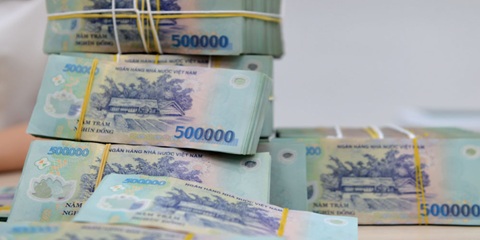
NEW ECONOMIC POLICIES EFFECTIVE THIS DECEMBER
Government Decree 304/2025, effective December 1, sets stricter conditions for seizing collateral, especially assets that are a borrower’s sole residence or essential work tools. In such cases, lenders must set aside a compensation amount equivalent to six to twelve months of minimum wage. The measure aims to improve transparency in bad debt handling and reduce credit risk in the banking system.

QUANG NINH TARGETS VND58 TRILLION IN TOURISM REVENUE
Quang Ninh Province is aiming to generate VND58 trillion in tourism revenue this year after surpassing its goal of 21 million visitors, driven by new tourism products, expanded nighttime activities, and large-scale events. As of mid-November 2025, Quang Ninh had welcomed 21.28 million visitors, up 12% year-on-year. Tourism revenue reached at least VND57 trillion, a 22.46% increase from the same period last year. With its visitor target achieved, the province is now pushing toward its revenue goal of VND58 trillion.
